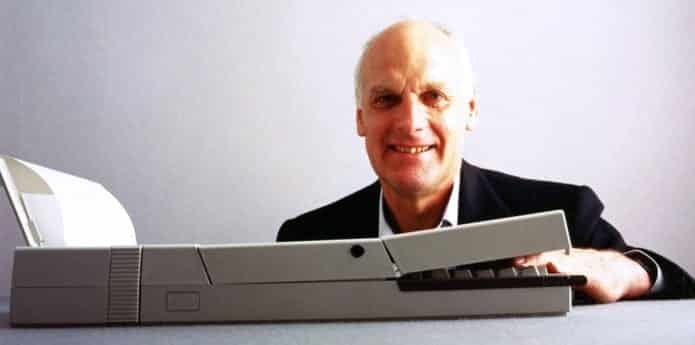Richard Sapper who designed IBM’s Thinkpad, espresso maker and Tizio Lamp passes away at the age of 83
Richard Sapper, a highly influential industrial designer who created everything from award-winning kitchenware and radio sets to cars and computers, has died at the age of 83. He died in Milan on December 31, one of his publishers, London-based Phaidon, said on their website.
Sapper was born and educated in Munich, Germany but spent most of his working life in Italy. He is best known for designing IBM’s gamechanger laptop in 1992, and iconic espresso makers, in both their stovetop and electric, capsule-based forms, for upmarket kitchenware manufacturer Alessi.
“[Good design] has to transmit a message to whomever is looking at it, or who has it in their hand,” Sapper said in a 2013 interview with Dezeen. “What message is another question, but it has to tell them something.”
Sapper was quite a prolific designer. He helped Fiat in designing futuristic bus and car concepts. He also designed Tizio Lamps, 2 million of which were built.
His funeral was held in Milan’s Lutheran church on Tuesday. His daughter Carola told the New York Times that her father had died of complications resulting from cancer.
His publisher, Phaidon described Sapper as “one of the most influential industrial designers of his generation”, saying his best work synthesized a “formal simplicity and rigor, technical understanding not to mention a poetic humour.”
Sapper’s designs were acknowledged in many forums and 15 of his designs are now showcased in New York’s Museum of Modern Art or in London’s Victoria and Albert and Design Museums.
The son of an artist of the same name, Sapper was born in Munich in 1932 and began his career working on car styling for German auto giant Mercedes-Benz. He moved to Milan in 1958, initially to work for architect Gio Ponti and then the department store group La Rinascente.
Sapper designed the first ThinkPad laptop after being appointed principal industrial design consultant to US computer giant IBM in 1980.
In his latter years, Sapper chose to teach students at Yale, the University of Beijing and the Royal College of Art in London, among others.

